Spirea Billard: description and agricultural technology
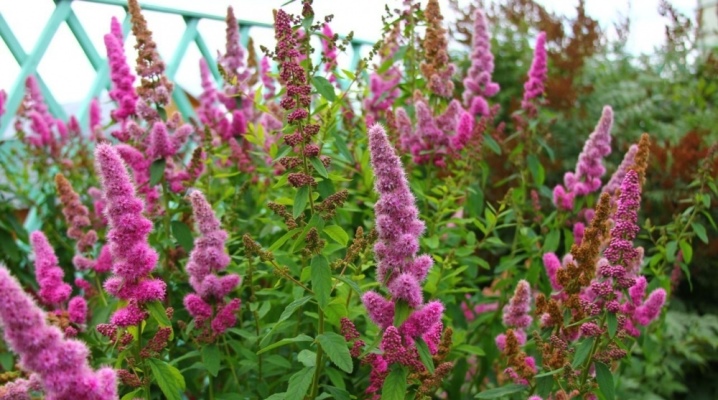
Billard's late-flowering species of spirea is able to please gardeners with lush and long flowering. The hybrid culture was obtained by breeding the Douglas spirea and willow leaf, which is distinguished by high frost resistance - this wonderful property was also transferred to the new plant. It is possible to grow a culture without much difficulty, but it is important to know the rules of agricultural technology that ensure its rapid growth and full development.
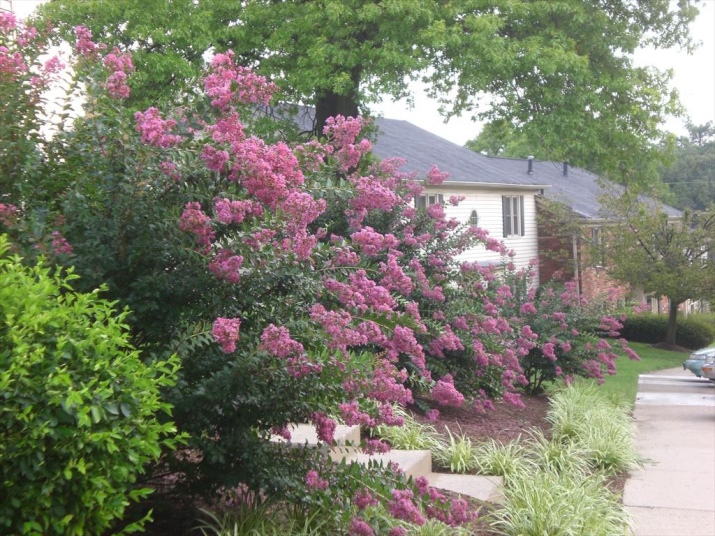
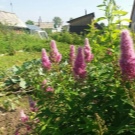
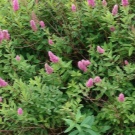
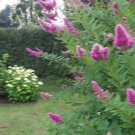
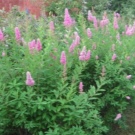
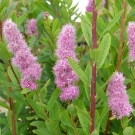
Shrub description
Billard's spirea belongs to the deciduous ornamental shrubs of the Rosaceae family. In another way, spirea is called meadowsweet. It can be grown both in the southern and northern regions due to its cold resistance and unpretentiousness.
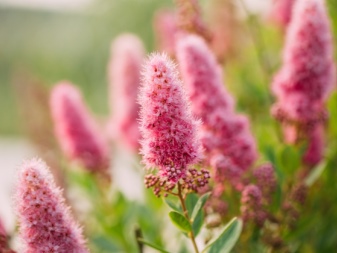
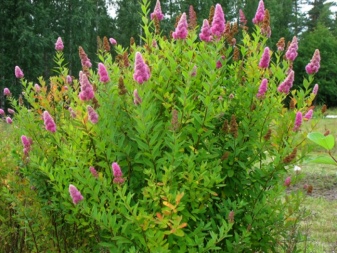
There are also special characteristics.
- The plant has a well-developed dense aerial part and grows up to 2-2.5 m in height.
- The crown is a semicircular sphere formed by branches growing upward.
- The lower part of the branches is lignified, uneven to the touch, without leaves, has a gray-brown color, while the young shoots, densely covered with foliage, are flexible, strong and colored reddish.
- The leaves have a narrow, pointed shape, they can be up to 10 cm long, with a noticeable vein in the center of each leaf. Green on the outside, on the inside they have a grayish-blue color.
- Spirea Spiraea billardii begins to bloom in mid-summer, and this period continues until the first night frost in October.
- Pink flowers with 5 petals form inflorescences in the form of elegant candles up to 20 cm long.
- The root system of the species does not have a taproot, but differs in many adventitious processes. Therefore, any work related to loosening and weeding, carried out inadvertently, can damage them.
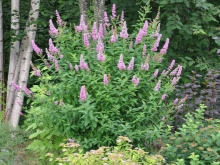
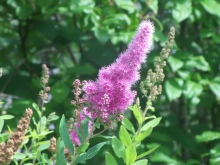
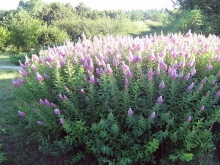
You can meet flowering meadowsweet in a variety of natural areas - in mountainous areas, forests and steppes, mixed forests, in desert areas. In our country, the natural habitat of spirea is the Caucasus Mountains, but it is ubiquitous in private gardens and winter greenhouses. In autumn, the foliage of the shrub acquires a red-brown hue, which in its own way is also considered part of the decorative image of the culture.
The plant is perennial and can grow in a permanent place for up to 15-20 years, after which it needs to be replaced.

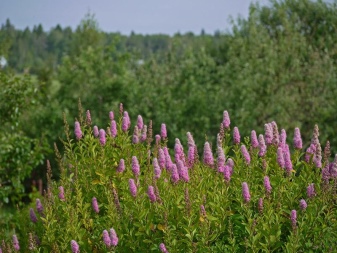
Varieties
Spirea has many species and varieties, which may differ in their characteristics of resistance to frost and drought. Basically, they are united by the height - in most varieties it reaches 1.5-2 m. However, some shrubs, for example, Rosea or pink spirea, do not grow higher than 1.5 m, and their crown diameter is only 50 cm.

Late flowering varieties, in addition to Billard's spirea, include several varieties.
- Spirea Douglas Is the parent shrub that gave rise to the popular species Spiraea billardii. It blooms in July, grows up to 1.5 m, its branches are brownish-red, covered with a layer of hairs. The leaves are lanceolate, their length is about 5-10 cm, small flowers form elongated pyramids of inflorescences, which are painted in a dark pink color.
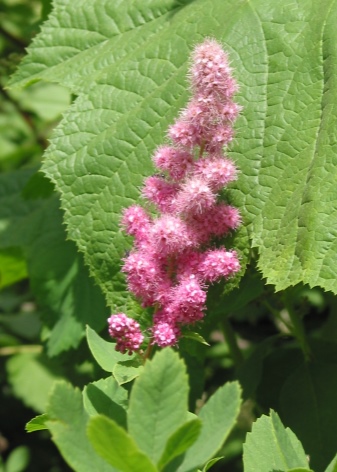
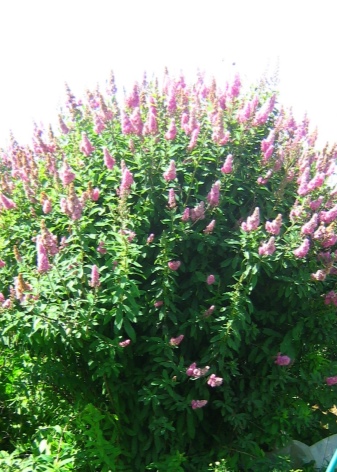
- Japanese variety - a plant with a height of 1.2-2.0 m, with oval leaves, decorated with denticles at the edges and pink flowers at the tips of the branches.

- Birch spirea - the height of different species of this culture is from 50 to 80 cm, often it coincides with the diameter of the bushes, which makes their crowns look like hemispheres and balls. The shade of flowers suggests a different degree of saturation of the pink tone, there are white and cream colors of the petals.
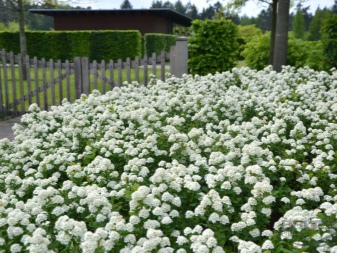

- White-flowered meadowsweet - This is a medium-sized shrub, its height is from 70 cm to 1.5 m. The leaves are ovoid, white flowers are collected in fluffy inflorescences-shields.
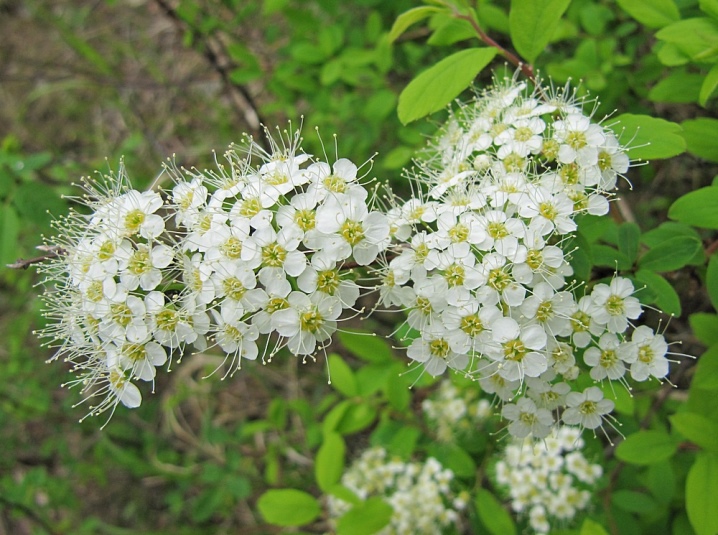
They are also adjoined by the famous Spirea variety "Triumfans" - a luxurious shrub with a spreading, geometrically correct crown shape... It is famous for its unusually deep and spectacular crimson flowers. The inflorescence has an unusual spike and is up to 20 cm long.
Every year the bush gives out abundant flowering, but here lies one of the secrets associated with leaving - this happens thanks to radical pruning "under the stump" every 6 years.
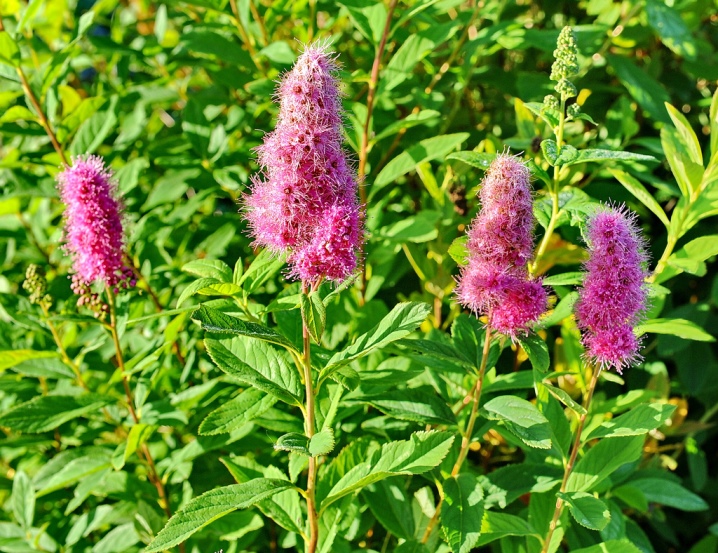
An interesting type of willow meadowsweet, which is one of the ancestors of Billard's spirea. This is a 2-meter shrub with inflorescences of pale pink and white flowers, forming picturesque panicles. The bark of its branches is brown with a yellow or red tint, the leaves are narrow, serrated.
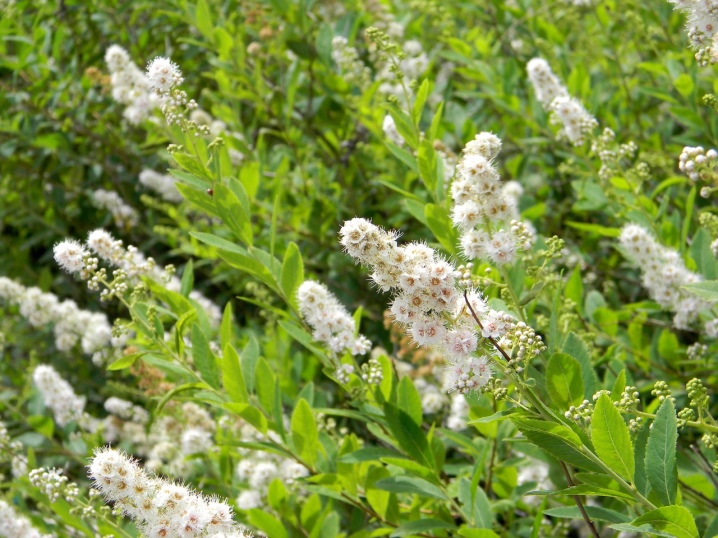
In fact, all of the listed species and varieties begin to bloom in the middle of summer, and flowers appear only on young branches, so timely pruning of old and small shoots is relevant for the entire group.
Landing rules
Fulfillment of several important requirements will ensure the correct planting and further growth of the culture.
- It is necessary that the planting material is of high quality. Purchased seedlings should be checked for damage to branches, earthen coma. If it is absent, inspect the roots, which should be firm, healthy and not decayed.
- The best place for a plant is an open area with light, even shade. Since the shrub grows quickly and widely, planting of other large horticultural crops is undesirable nearby.
- The soil for the spirea should be moderately fertile, consisting of sod land, peat and river sand. Good drainage is important to prevent moisture stagnation at the roots. For spring planting in open ground, the soil is prepared in the fall - they dig it up and fertilize it, and for planting in the fall, agricultural work is carried out in the spring.
- The best time for planting is early fall and rainy weather.
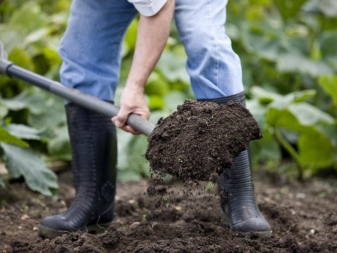
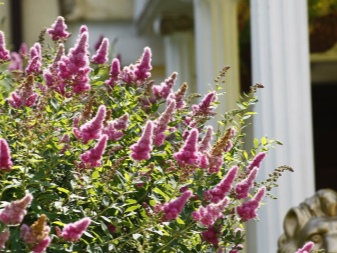
Correct fit includes the following steps:
- long roots are shortened for seedlings, dry and affected areas are removed, container plants are well watered in order to painlessly remove the root system along with the soil;
- the size of the planting holes is 50x50 cm (depth and diameter), ideally they should be three times more spacious than the volume of the roots;
- the soil dug out of the pit is mixed with humus, sod litter, peat and complex fertilizer;
- expanded clay or small gravel is laid on the bottom - this is the optimal drainage layer;
- a nutritious substrate is poured over the drainage, and then a seedling is lowered into the hole, the roots of which must be carefully straightened, and the voids around the trunk must be carefully filled up, compacting as it fills;
- the root collar is placed in line with the soil level;
- after planting, abundant moistening and mulching of the top layer under the bush follows.

When planting several plants between them, it is necessary to maintain intervals of up to 60-70 cm, if a hedge is planted, this distance can be reduced to 50 cm.
Care features
Adult spirea shrubs are considered unpretentious in maintenance, but young seedlings that have not yet gained strength should be given more attention and time.
Watering
Planted plants are watered as needed, focusing on the moisture content of the soil under them. On average, the bush needs to be watered about twice every 30 days, pouring up to 15 liters of water under the trunk.
Along with this, regular loosening and weeding is necessary. To do this less often, it is easier to mulch the plant's near-stem circle.
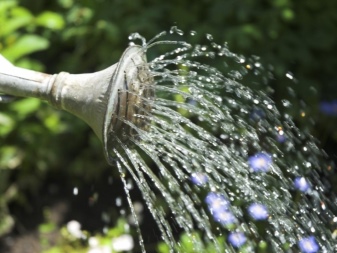
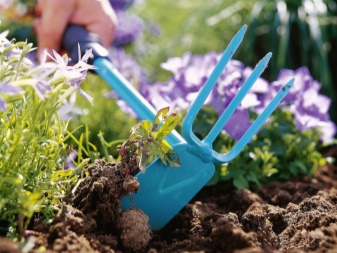
Top dressing
With the active growth of the crown in the first year, it is important to provide the young bush with nitrogen-containing additives, liquid manure and poultry droppings. This can be done once a month. Then, annually in spring and autumn, it is necessary to feed the shrub with phosphorus, potash and nitrogen fertilizers.
For the first 2 months, the seedlings do not fertilize, and also do not do this if the nutrients have already been introduced during planting.
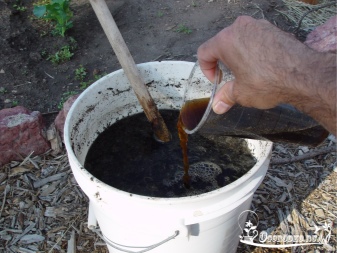
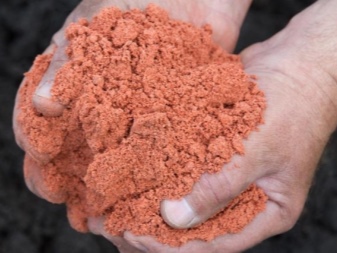
Pruning
If the culture is not cut for a long time, it will bloom poorly and form few flowers, and then a cardinal "stump" pruning procedure cannot be avoided. Therefore, starting from the age of 4 years in spring, before sap flow, it is recommended to cut off all old branches so that their height from the soil is 30 cm. Withered and dried inflorescences after flowering also need to be removed so that the shrub does not waste its energy on them.
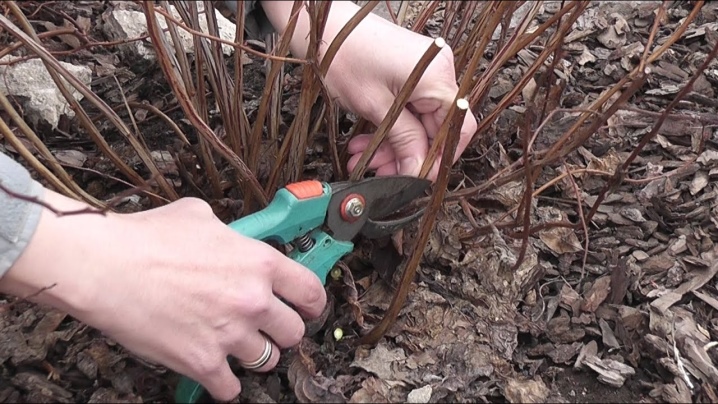
To prevent the attack of insects, in April they treat the land with the insecticide Pirimor, which helps to protect the bushes from aphids; Karbofos and Phosphamide are effective against spider mites.
The culture does not require additional shelter for the winter, since low temperatures are not terrible for it.

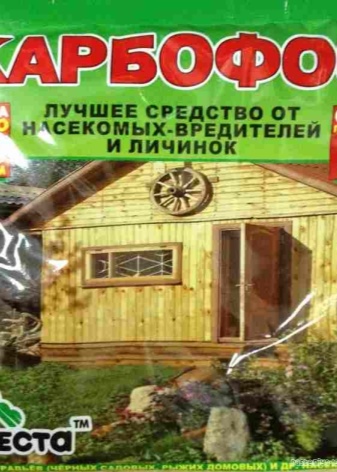
Reproduction
Each gardener chooses for himself the most acceptable and convenient method of breeding Billard's spirea.
Seeds
It is not accepted to propagate Billard's spirea by seeds. Hybrid varieties do not set real, high-quality seeds or produce material that practically does not have the necessary germination (about 5%). However, you can check the usefulness of your spirea seeds. To do this, in the fall, you can sow them in a container with a substrate and bury them in the garden until spring. Spirea is sown without preliminary hardening and other preparatory work. You need to collect the seeds when the formed pods turn brown.
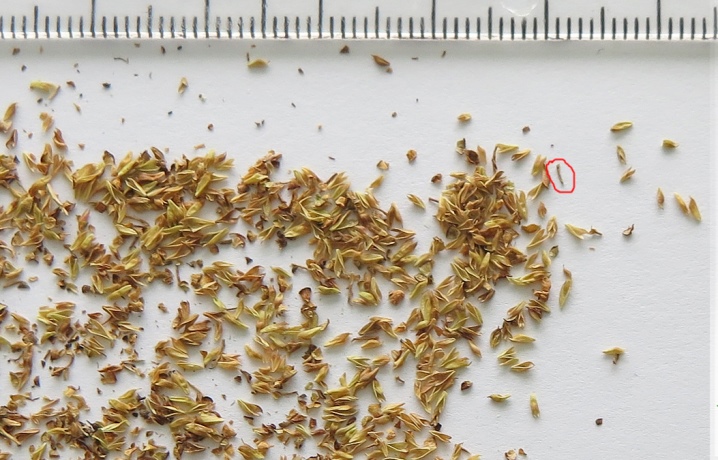
Layers
For beginners in gardening, layering can be advised. This simple method is as follows:
- you need to choose a healthy and strong side branch that has time to woody, and tilt it to the ground;
- deepen the shoot into the dug groove, securely fixing it with a stone from straightening;
- pour nutritious soil on top, moisten the soil well;
- in the summer, you should take care of the plant, regularly hilling and loosening.
Young bushes can be separated from the mother plant next spring, then planted in the desired place.
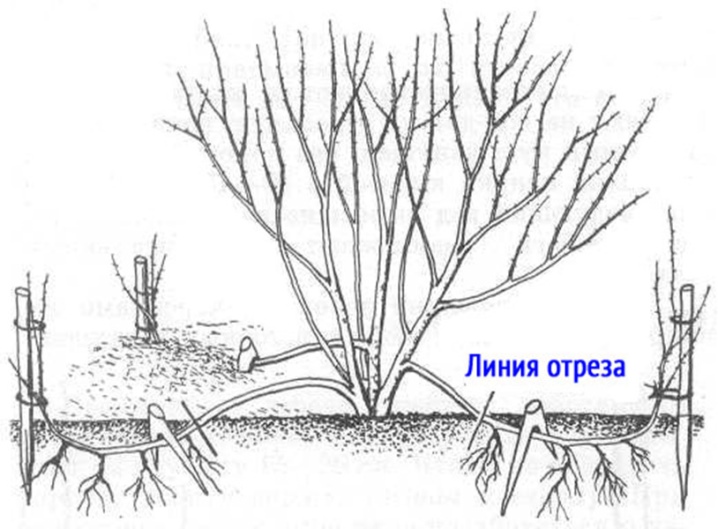
Cuttings
Mature bushes can be cut in July.
- To do this, choose annual branches without inflorescences, but with several leaves. The cut parts are divided into small pieces up to 10 cm long, so that 5-6 leaves remain on each.
- The lower leaves are removed before rooting, and the upper ones must be cut in half. In order for the root system to form as soon as possible, it is necessary to hold the cuttings in a solution of a growth biostimulator for up to 24 hours.
- The prepared material is placed in containers with a fertile substrate obliquely - at an angle of 30 degrees.
- Putting boxes with seedlings in the shade, they are covered with foil, constantly ventilated and sprayed. In order for the plants to successfully overwinter, they can be buried together with the container in the ground, covered with dry leaves and wooden flooring.
- In the spring, you can plant rooted bushes in open soil.
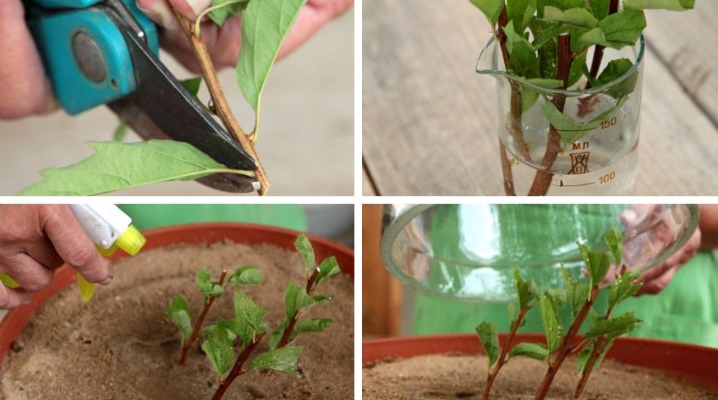
When transplanting spirea every 5-6 years, it is allowed to propagate the plant by dividing the bush.
Application in landscape design
Garden designers love Spirea for its versatility. The plant is compatible with most horticultural crops - flowers, trees and shrubs:
- bushes of different heights are applicable for planting hedges, decorating mixborders;
- spirea can be combined with conifers such as pine, juniper, thuja and spruce;
- a beautiful combination can be obtained by planting a shrub next to lilacs, viburnum, different types of honeysuckle;
- spirea looks original against the background of spreading branches of weeping willow;
- you can decorate with low varieties of flowering meadowsweet rock gardens, and the rocky garden will be pleasantly enlivened by its large lush inflorescences.
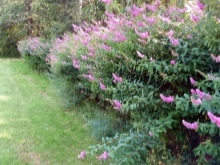

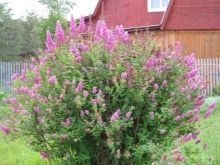
Any compositions will look advantageous with this decorative culture, although as a tapeworm, the spirea looks no less luxurious and independent.
For an overview of Billard's spirea, see the next video.



































































The comment was sent successfully.